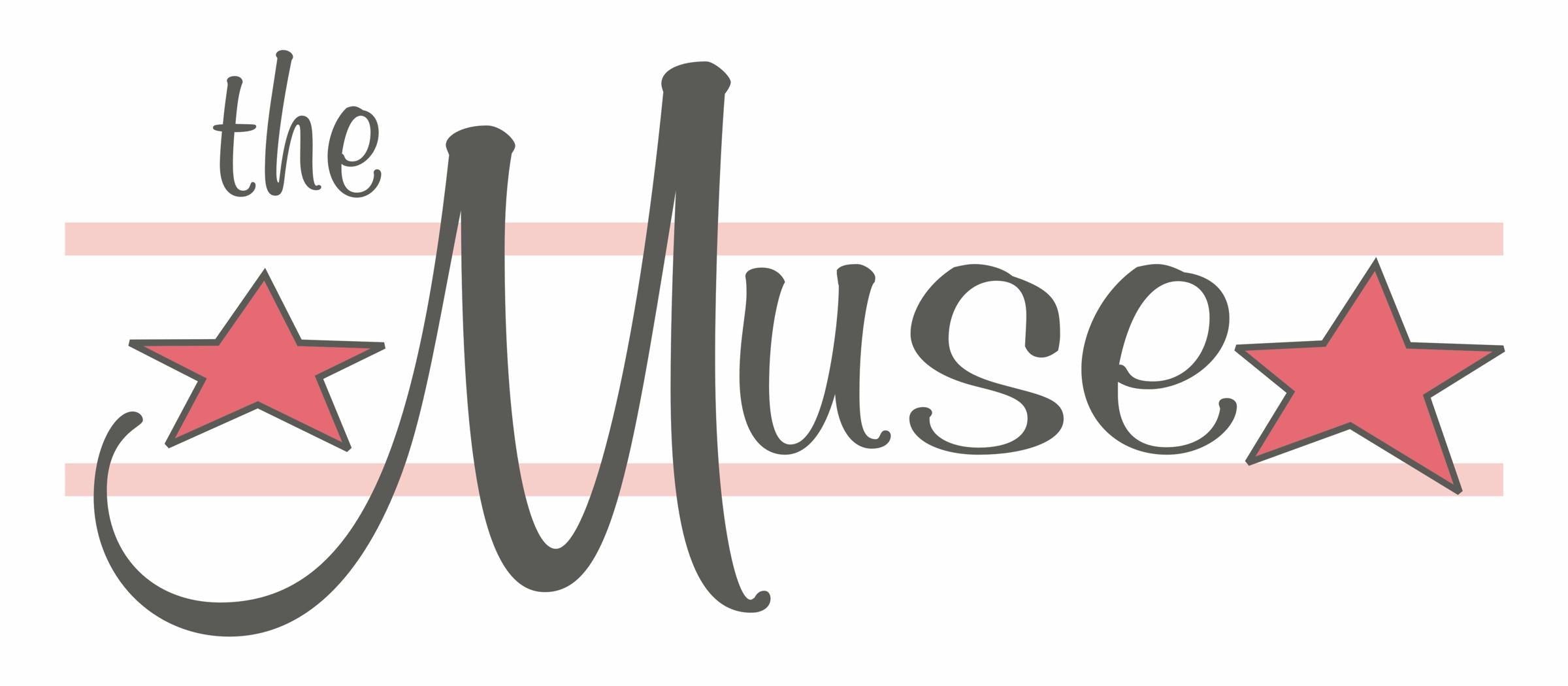In this installment of our artist education series, we are tackling pricing! One of the top questions artists ask me is “How do I price my work?!” A lot of artists have no idea where to start when it comes to establishing a price scale for their creations, and many of them worry about pricing things too high, thus pricing themselves out of their market, or pricing things too low, thus not being paid enough for their time, work and materials. It’s a fine line to walk, but with a measured approach its possible to find a price range that works for both you and your customers!
I’ve heard a lot of different approaches on how to price artwork (for our purposes, we’re including jewelry, pottery, soap and other craft products when using the term “artwork”). Some folks recommend establishing a set hourly rate and charging that for every hour it takes to create the work, and then adding in cost of materials. Others, mostly painters, even recommend charging by the square inch. I recommend against these approaches, as they have a rigidity that tends to lead to artists pricing themselves out of their potential markets. For instance, I once worked with an artist that created exquisite, hand-sewn accessories. The artist liked to use a set hourly rate, and given that each item took many hours to create, that time multiplied by their hourly rate plus materials expenses meant that each item cost upwards of $100. On the one hand, they were skillfully made and required a high level of expertise. On the other hand, in a small city in Western Maryland, how many folks are realistically able to spend $100+ on a single small accessory? While they rightly knew the value of their work, this artist created a pricing scale that excluded the majority of buyers in their market. So, their work sat on our shelves without selling much, and their income decreased. In a case like this, I ask this question to artists: ” Would you rather price your work based on its true value, and get a delayed return on investment since its price means it doesn’t sell quickly, or price it a little more in line with what your market can bear, and watch it fly off the shelves?” One could argue that even though the latter approach means potentially working for less than what you’re worth, it’s actually more profitable since more product movement means more income. It’s a question creators can only answer for themselves, but one I like to use as a barometer for whether or not an artist’s pricing scale is self-defeating. That’s why I tend to advocate for a more intuitive approach, and think about what price “feels” right for the work ( a little vague, I know). A few things I consider are: how difficult was the work to create? Were there any special materials costs related to its creation? How long did it take to create this work? What are similar creations by other artists in this area selling for? How large is this piece? What amount of net profit would the artist feel comfortable with? And lastly, what type of market is the artist going to try to sell this work in? As a general rule, larger, more complex creations will have a higher price, and creations with higher materials costs, or associated shipping costs, will have higher prices too.
As an example, I create smallish, semi-abstract figurative paintings on store-bought, pre-stretched canvases. They are relatively simple for me to create, and don’t take me an especially long time. In addition, since I am using store-bought canvases, I don’t have the added costs or time commitments associated with building and stretching my own canvases. So, I typically price these paintings in the $125-$475 range. That reflects their level of complexity and difficulty, as well as their relative ease of creation, and is in line with the prices of similarly sized works I’ve sold in the past. On the flipside, one of my large (48″ x 48″) paintings created on custom stretched canvas will typically retail around $3500. That accounts for the huge increase in both image complexity and in the time it takes to create the work (sometimes several weeks!), as well as the increase in materials costs associated with creating the canvas. That price also builds in a potential shipping cost, as a work of that size requires freight shipping which can run up to $500. For a larger painting, if we subtract shipping and materials(let’s say $500), and the sponsoring gallery’s commission cut (generally 50%), that leaves me taking home $1500 for a piece like this. That “feels” right to me. I don’t keep track of how much time works take to make, so I can’t break that down into an hourly rate, but the amount feels equitable considering my time, expertise and career standing.
Let’s look at a concrete example: Say you’re a candle maker. A good way to start in terms of establishing a price range is to calculate your cost per candle. Say it costs $10 for a pound of wax, and you can make 10 candles per pound. That’s $1 per candle in wax costs. Next let’s add in the cost of the container for the candle. A lot of suppliers offer bulk discounts, so let’s say your tins cost $2 each. Next, you have your labels that decorate each candle tin, and let’s say they cost $.50 each. Total, that’s a production cost for you of $2.50 per candle. Now let’s say you’d like to bring in a net profit of $2.50 per candle to compensate you for time, etc. but that you sell your candles on consignment through retailers so you need to factor in their consignment fees (let’s use a 60/40 split for this example). If you set your retail price at $8.50 per candle, that means that after the retailer’s cut of $3.40, you’re bringing home $5.10 per candle. That covers your costs and gives you the $2.50 profit per candle you were hoping to achieve (it also builds in a little wiggle room for additional costs like candle wicks or wasted wax). That seems like an equitable price, but before you slap your price stickers on your candles and move on, do a little research into how much handmade candles by other makers in your area are selling for. If the prices are similar to yours, that’s great because it means you’ll be competitive. If your prices are way higher than theirs, that means customers will turn to them and not you, which will eat away at your sales. This method can be applied to most any medium, swapping out wax and tins for frames, paint, clay, thread or any other material you create with, and can be tweaked based on other variables like retailer consignment fees. The big thing is determining if the take home amount is one you’re comfortable with.
Now let’s look at a few other factors that might influence your pricing. The first is consistency. If you’re a maker who sells work on multiple platforms (ie: direct to consumer, via galleries or retailers, wholesale, etc.) you’ll need to ensure your prices are consistent across all platforms, otherwise you risk alienating both customers and retail partners. This is because fluctuating prices can confuse and upset customers, and will frustrate retailers, who will have to compete with you versus working with you, thus shrinking your own market. So, when you create your pricing scale, you’ll need to ensure that your prices will guarantee profitability regardless of where or how the product is being sold, which means your end price needs to be able to absorb different factors. If you follow the candle example above, you should be totally fine, as wholesale is generally comparable to consignment in terms of what you’ll take home for pay, and then if you keep those same prices when selling direct to consumer yourself, that just means what would normally go to a retailer, or be a wholesale price reduction, goes right to you! A consistent pricing scale also keeps things simpler for you, so its a win-win!
A final pricing question to consider is: How to price custom work? Custom work is highly sought after, and as you progress in your artistic career, you’ll probably begin to get lots of requests for specially-made items. When our artists at The Muse ask me for thoughts on pricing when they get custom requests, my biggest piece of advice is to increase the price by at least 20%. That is because custom work can require the purchase of special materials and supplies, and because custom work in general is more difficult for the artist. It requires a different way of creating and a lot more customer service. So, the 20% increase generally compensates for these factors. Using our candle example above, that means that the candle that was normally selling for $8.50 retail will sell for $10.20 (I’d actually round it up to $10.50 just for simplicity). On a side note, a separate factor to consider when taking custom orders is feasibility: candles for instance are made in batches; is it worth it for a candle maker to create a whole batch just for one custom candle? As wonderful as custom requests are, they may not always be feasible or profitable for artists.
And one last side note for custom requests: If you move forward with a custom item request, always get payment up front! I recommend getting at least a 50% deposit, if not the full amount up front. Custom items are a lot of extra work for you, and getting payment up front protects you from doing all that work only for the customer to disappear once the item is completed. If someone has already paid for a product, they’re generally much more likely to follow through, which means you get paid for all your hard work and don’t risk getting stuck with a custom item you might not be able to sell otherwise.
So, there you have it, a few tips on how to price your creations! What pricing methods do you like to use? What tips would you add to our list? Tell us in the comments!

